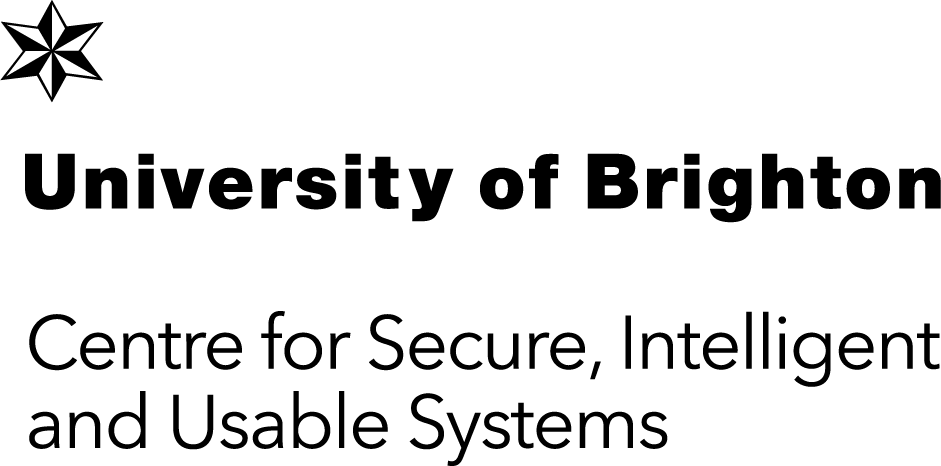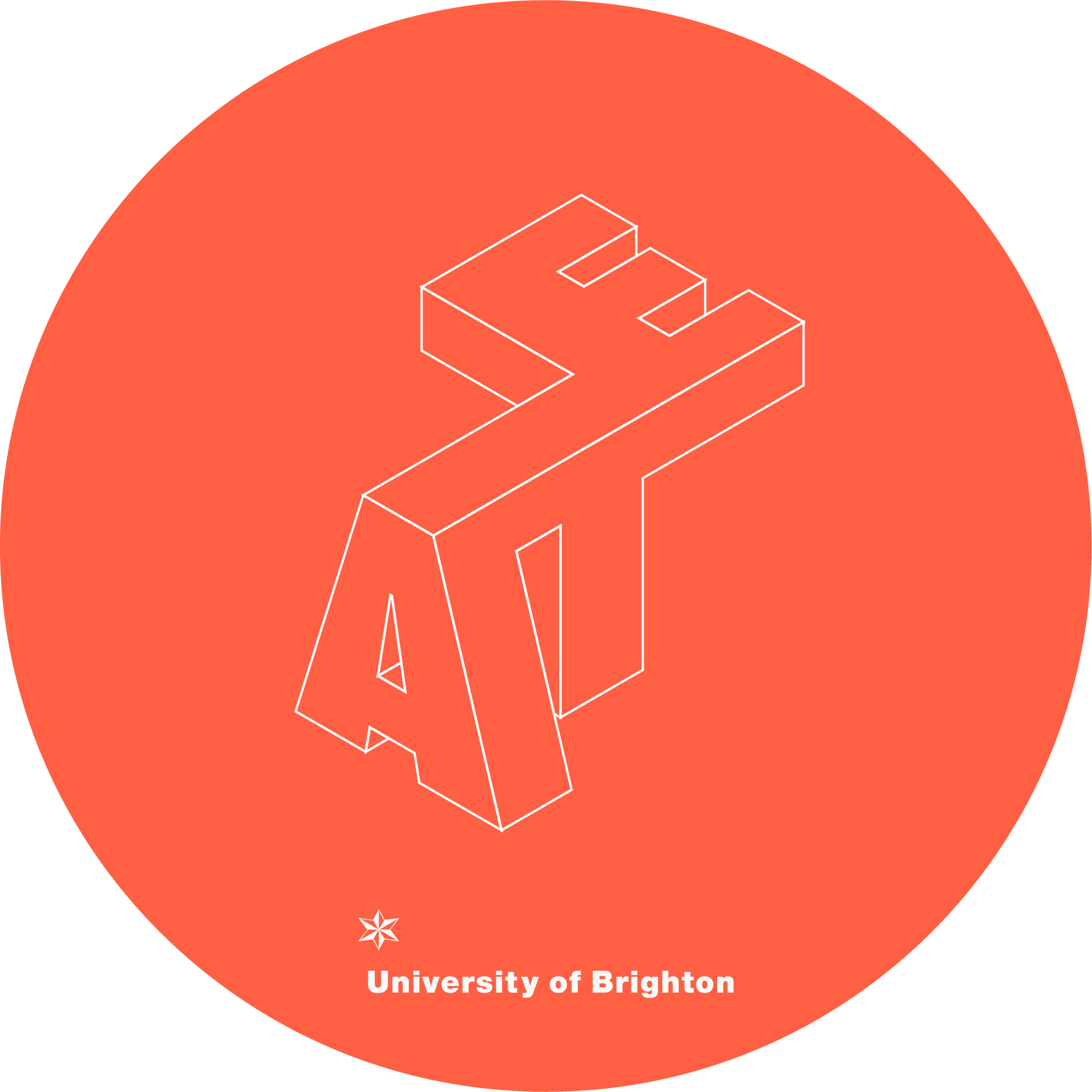Visualisation of Open Data
2022-06-30T13:55:00Z
Visually Overviewing Biodiversity Open Data Digital Collections
Asla Medeiros e Sà (FGV/EMAp, Brazil), Franklin Alves de Oliveira (FGV/EMAp, Brazil), Bruno Schneider (Universitat Konstanz, Germany), Karina Rodriguez Echavarria (University of Brighton, UK), Cristiana Silveira Serejo (Museu Nacional, Brazil)
After years of mass digitisation initiatives in Natural History institutions, large biodiversity collections have emerged on the web as open data. Studies on climate change and nature conservation rely heavily on this data to understand the distribution, presence/absence, changes over time, and interaction of species, and community ecology. For the institutions that hold this data, the exploration and verification of the records they produce are critical to support new modes of studying, analysing, and accessing biodiversity information. However, the process of data verification is challenging given the complex relationships between the data. This poses difficulties to the diagnosis of completeness, correctness, and good coverage of the domain. To this day, there is no clear understanding of to what extent existing visualization techniques can systematically support the task of data verification. To support research in this area, this paper reviews the visualisation solutions by focusing on a function-based visual exploration concept that can be integrated into a data verification pipeline for biodiversity datasets. Beyond reviewing the state of the art, we describe a data verification pipeline following such concept for biodiversity collections of the National Museum/Federal University of Rio de Janeiro, Brazil. The pipeline is targeted to domain expert users in supporting strategic decisions on data maintenance, as well as also having the potential to support general users in contextualising the datasets.
30Cappa - The "Christmas" decree in kilometres
Maurizio Napolitano (Fondazione Bruno Kessler, Italy), Andrea Borruso (Associazione OnData, Italy), Salvatore Fiandaca (GFOSS.it, Italy)
Following the COVID-19 pandemic emergency, in mid-December 2020 the Italian government introduced travel restrictions during the Christmas holidays. In the implemented policies there was an exception: citizens of a municipality of up to 5,000 citizens can move within an area of 30 kilometres from their respective borders. This policy was used again in the following months to manage travel during the pandemic. 30Cappa is a data visualization created by three civic hackers to give citizens the opportunity to understand this policy (”cappa” is the pronunciation of the letter ”k” in Italian and means ”km”). The project consists of a website where it is possible to receive information on the matter and the cartographic representation of the municipalities that correspond to the exception. The site has reached 350,000 unique visitors in two months and there has been a lot of talk about it in the media. This work highlights how the transformation of a policy into a tangible product such as a map created with the open data available, becomes an effective tool to guide citizens and also to review the policies themselves.
Smart Museum Tour using Linked Open Data
Somesh Siddabasappa (Arizona State University, United States), Suyog Somesh Halikar (Arizona State University, United States), Ravikanth Dodda (Arizona State University, United States), Nikhil Hiremath (Arizona State University, United States), Srividya Bansal (Arizona State University, United States)
Linked Open Data is structured data on the web that is published and shared from various sources. Related data is connected using web standards such as URIs and RDF. The current linked open data cloud comprises billions of triples. With the availability of various open data sets, a number of innovative and interesting applications are possible. This paper focuses on using data integration techniques and ontology engineering for linked data generation that can be used for the creation of a smart museum tour. The Smithsonian American Art Museum has a vivid collection of American artworks. The data about all artworks and sculptures and their location in the museum is published as Linked Open Data. This paper presents a linked data generation approach for a smart museum tour application that uses the user’s location as input and displays information about all the nearby artworks and additional connected and related information from a linked open data set about an artwork chosen.


